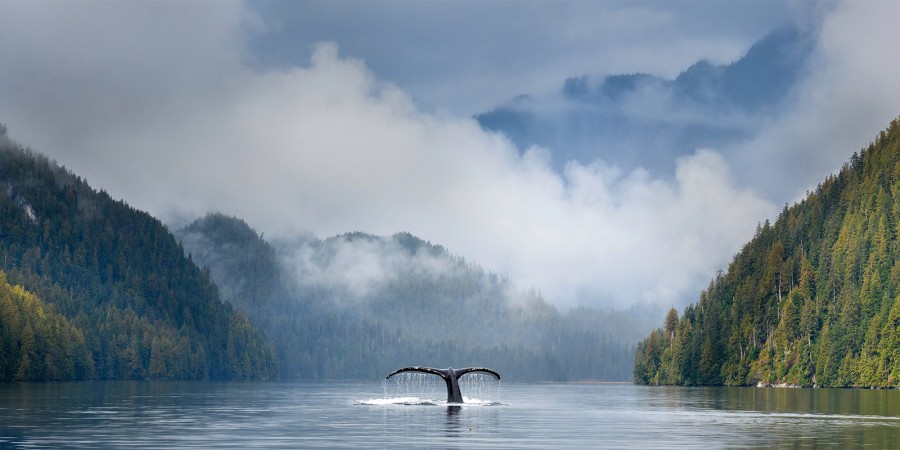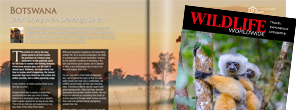Watching whales is one of the most profound of all wildlife experiences, as these giants of the deep hold a particular attraction for us humans. Our whale watching holidays include trips, destinations and locations that offer the finest possibilities to see whales.



Why our whale watching holidays are so successful




What whales to see and where
Whales are categorised into two groups; toothed whales (Odontoceti) that feed on fish, squid, and marine mammals and include sperm whale, killer whale and pilot whale; and baleen whales (Mysticeti) which are made up of filter feeders such as the blue whale, humpback whale, grey whale and southern right whale, that strain seawater through sieve-like structures in their mouth to collect plankton and krill.
Ranging in size from the blue whale, the largest animal in existence, to the 3.5-metre-long pygmy sperm whale, whales are found in all the world’s great oceans in their millions, where they migrate immense distances between their feeding grounds and breeding grounds. Occurring in locations as diverse as the nutrient-rich icy waters around the polar icecaps to the balmy shallows around the equator, they really are universal travellers.
Blue whale

Blue whale sightings are particularly reliable at Mirissa, in Sri Lanka, where they gather between December and April. They can also be seen in Mexico’s Sea of Cortez, and in Canada’s Mingan Islands.
Fin whale

Fin whales can also be found in the waters of the mid-Atlantic around the archipelago of the Azores, which are home to – or visited by - a surprising number of whale and dolphin species.
Sperm whale

Mirissa, on the south coast of Sri Lanka, is one of the foremost places in the world to see sperm whales - they arrive here to feed on the abundant food between December and April, when the sea is relatively calm.They are also found around the islands of the Azores, where you can join a team of researchers on a sperm whale conservation trip.
Pacific grey whale

In summer, a number of grey whales feed on the rich plankton off Tofino and Pacific Rim National Park on Vancouver Island, where we can arrange an excellent self-drive itinerary.
Humpback whale

Orca (Killer whale)

One of the best places to see them is off the wild coast of British Columbia in Canada. Telegraph Cove, at the top of Vancouver Island, and Quadra Island are renowned for their orca populations.In summer the Johnstone Strait and Queen Charlotte Strait are considered to be maybe the best place in the world to watch orcas, which are regularly seen at close quarters.
Whether you choose a self-drive itinerary or stay aboard a boat, the area offers unforgettable sightings. Norway and Iceland also provide great opportunities to combine seeing orcas with the Northern Lights.
Pilot whale

Around the mid-Atlantic islands of the Azores, pilot whales are frequently sighted between April and October – usually in deeper water where they can dive to depths of over 500 metres to feed on squid and octopus.
Southern right whale

Every year they migrate from their icy feeding grounds off Antarctica to warmer climates, reaching Argentina in July. Here, in the bays on either side of the Valdes Peninsula they mate and calve, remaining until December. Gansbaai, on the south coast of South Africa, also provides excellent sightings of southern right whales between July and November.









